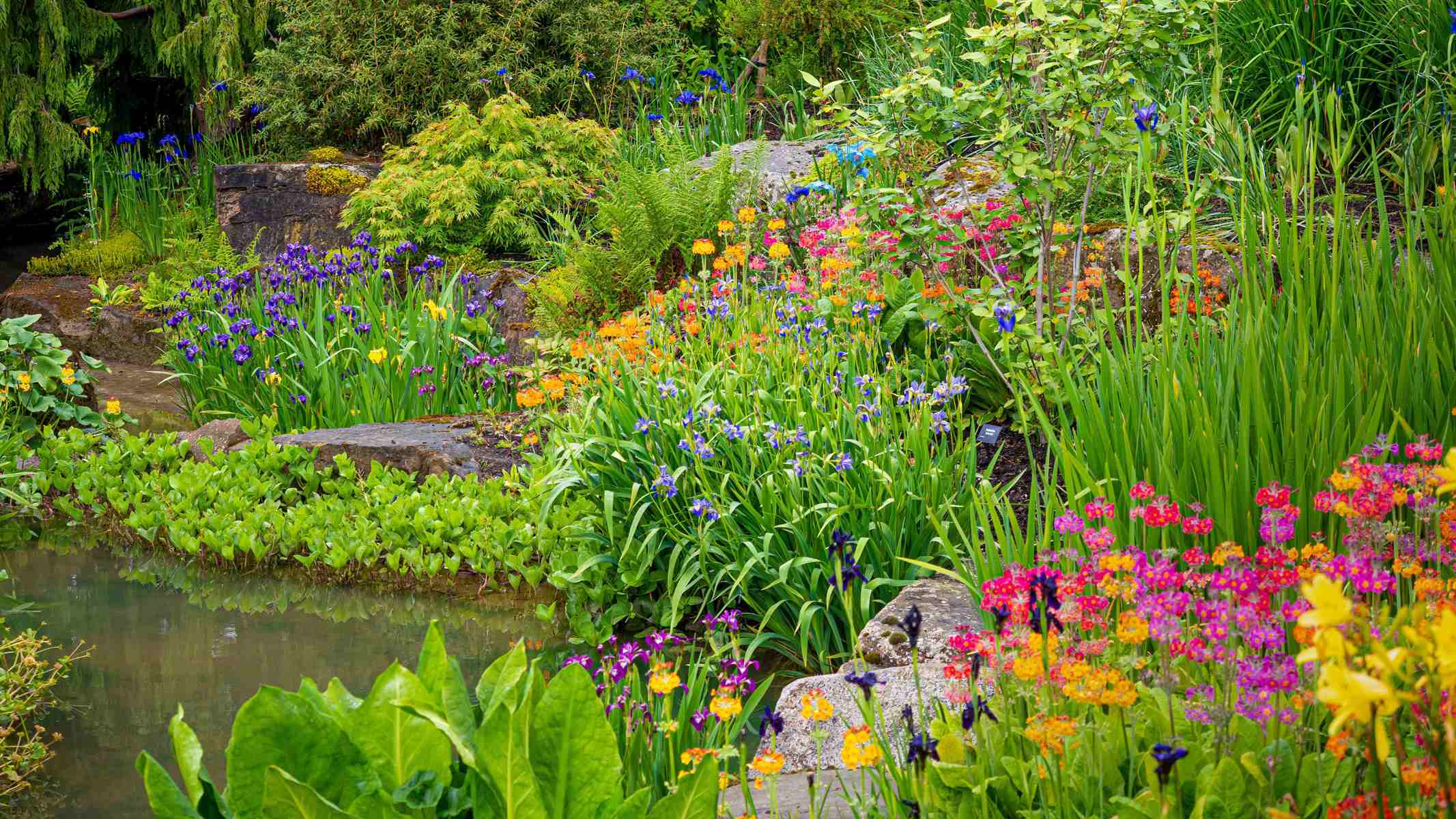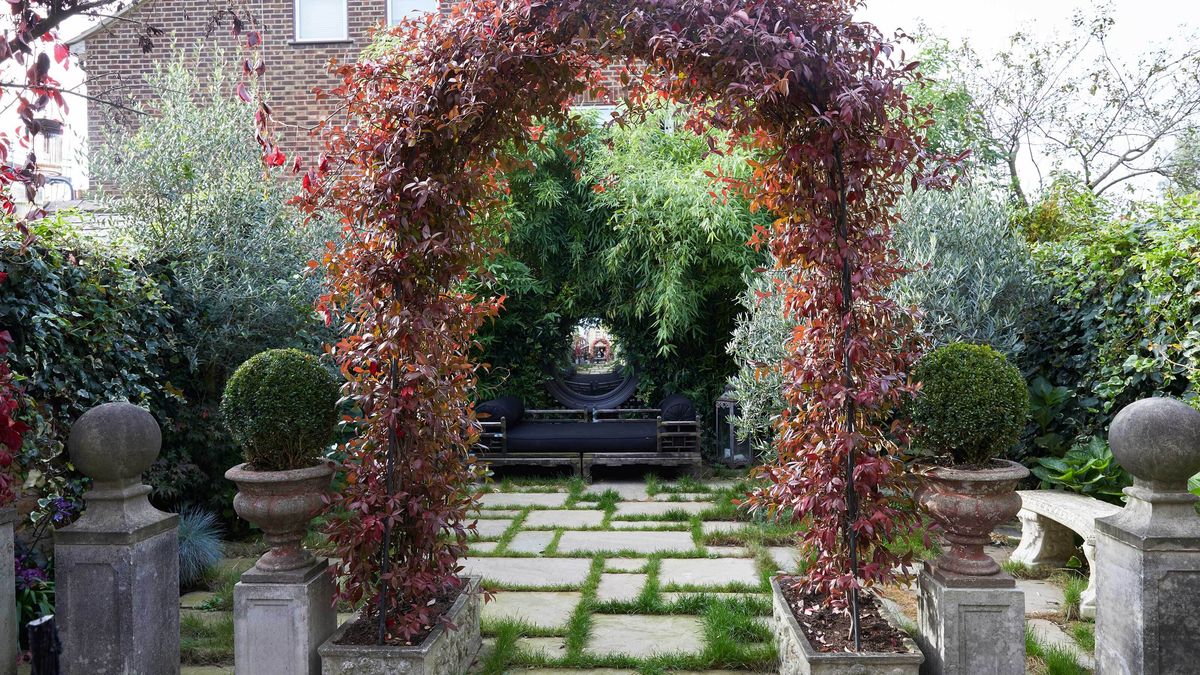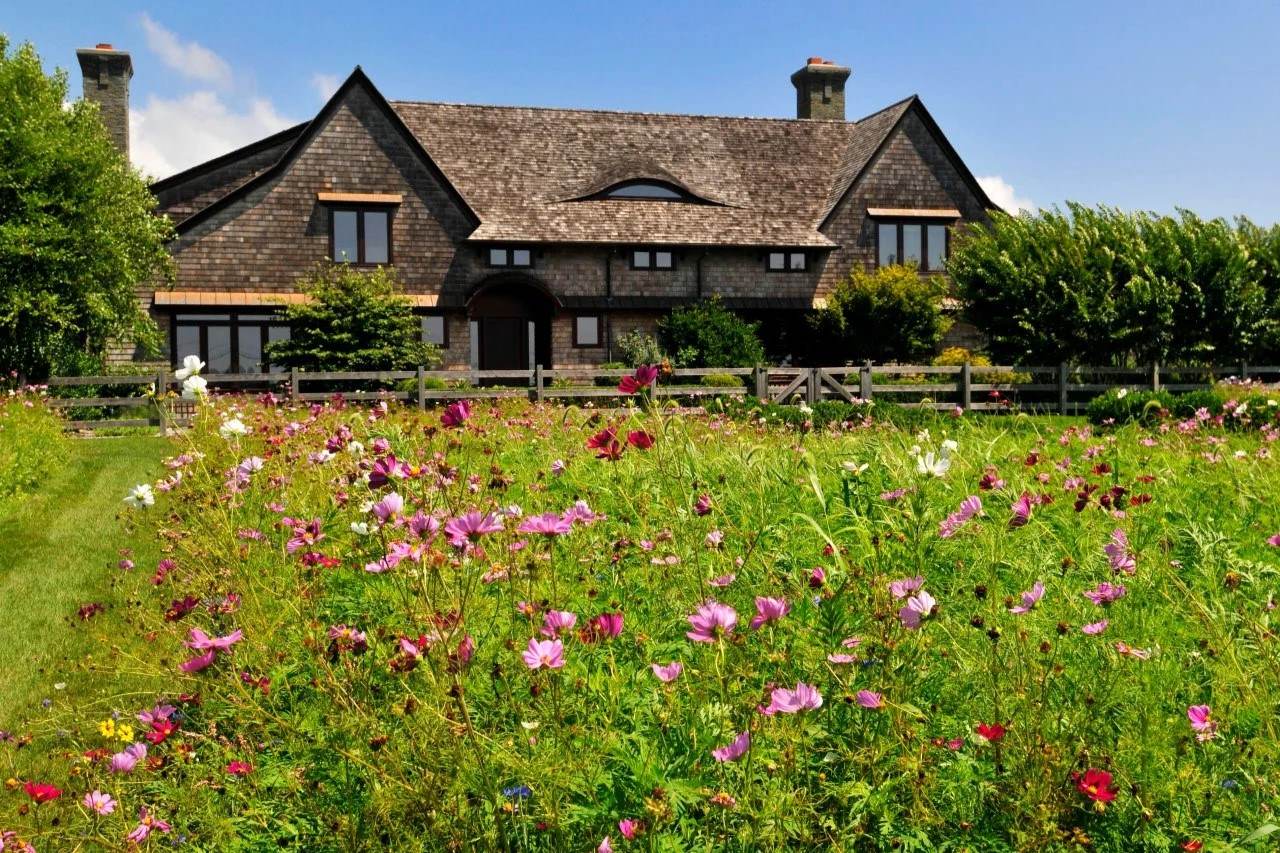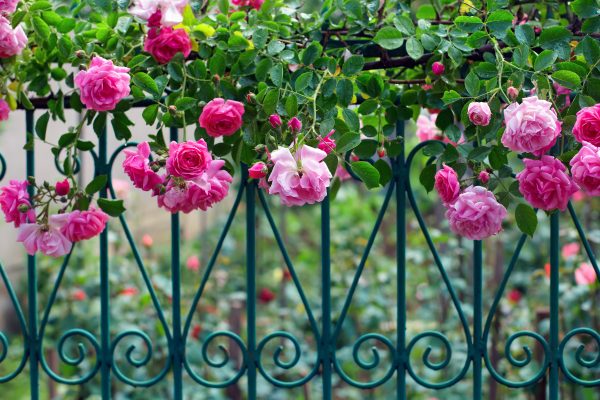Home>Ideas and Tips>Backyard Garden Trellis Construction: Support Climbing Plants


Ideas and Tips
Backyard Garden Trellis Construction: Support Climbing Plants
Modified: October 31, 2024
Learn how to build a backyard garden trellis to support climbing plants. Discover materials, designs, and DIY tips for a beautiful and functional garden.
(Many of the links in this article redirect to a specific reviewed product. Your purchase of these products through affiliate links helps to generate commission for Storables.com, at no extra cost. Learn more)
Creating a beautiful and functional backyard garden is a dream shared by many garden enthusiasts. One of the most essential elements in any garden, especially those featuring climbing plants, is the trellis. A trellis not only provides structural support for your plants but also adds an aesthetic touch to your outdoor space. In this article, we will delve into the world of trellis construction, exploring various materials, designs, and DIY projects to help you create the perfect trellis for your backyard garden.
Why Use a Trellis?
Before we dive into the construction process, it's important to understand why a trellis is crucial for your garden. Climbing plants, such as cucumbers, tomatoes, and flowering vines like clematis, need something to cling to as they grow. Without a trellis, these plants can spread out and become disorganized, making them harder to manage and potentially leading to reduced yields or less vibrant blooms.
A trellis serves multiple purposes:
- Structural Support: It keeps your plants upright and organized, allowing them to grow in a controlled manner.
- Aesthetic Appeal: Trellises come in various shapes and sizes, adding an architectural element to your garden.
- Practicality: They can be used as privacy screens or to create a sense of enclosure in your garden.
Choosing the Right Material
The material you choose for your trellis will depend on several factors including budget, durability requirements, and the type of plants you are supporting. Here are some common materials used for trellis construction:
- Wood: Wood is a popular choice for trellises due to its natural beauty and ease of use. You can opt for pressure-treated wood for durability or use reclaimed wood for a rustic look.
- Metal: Metal trellises are sturdy and can withstand harsh weather conditions. They come in various shapes and sizes, including black metal garden trellises that provide excellent support for climbing plants.
- Bamboo: Bamboo is an eco-friendly option that is lightweight yet strong. It's ideal for smaller plants and can be easily repurposed if needed.
- Wire: Wire mesh or chicken wire can be used to create a simple yet effective trellis. This material is great for training vines like morning glories or clematis.
DIY Trellis Ideas
Creating a trellis yourself can be a fun and rewarding DIY project. Here are some creative ideas to get you started:
-
Cattle Panels Trellis:
- Use cattle panels to create a sturdy vertical trellis. This is perfect for vegetables like cucumbers and zucchini.
-
PVC Pipe Trellis:
- Build a trellis using PVC pipes. This is a great option if you want something that can be easily disassembled and reassembled.
-
Ivy-Covered Privacy Trellis:
- Create a privacy screen by training ivy over a trellis. This adds both functionality and beauty to your garden.
-
Bamboo Trellis:
- Use bamboo stakes to create a simple yet effective trellis. This is ideal for light, ornamental climbers like ivy or pothos.
-
Salvaged Window Trellis:
- Repurpose an old window by removing the glass panes and hanging it on a wall or using it as a potting shed worktable. This makes for a unique and functional trellis.
-
Vintage Ladder Trellis:
- Attach a vintage ladder to your outdoor wall or shed and train vines like ivy or Virginia creeper to grow up it.
-
Branches and Twine Trellis:
- Create a rustic trellis using branches and twine. This is perfect for annuals like sweet peas or morning glories.
-
DIY Pergola:
- Build a pergola not only as a support structure but also as a shade provider. Make sure to call your local utilities to mark underground lines before starting the project.
-
T-Post Trellis:
- Use T-posts, poplar twigs, and twine to create a simple yet sturdy trellis. This is great for smaller plants like cucumbers or zucchini.
-
Honeycomb Trellis:
- Construct a honeycomb trellis using pine boards. This adds a unique touch to your garden and provides ample space for plants to grow.
Step-by-Step Guide to Building a Trellis
While there are many pre-made trellises available in the market, building one yourself can be a fun and rewarding experience. Here’s a step-by-step guide to help you get started:
-
Plan Your Trellis:
- Decide on the size and shape of your trellis based on the space available in your garden and the type of plants you want to support.
- Consider the material you want to use and whether it needs any additional support like stakes or screws.
-
Gather Materials:
- Collect all the necessary materials including wood, metal, bamboo, wire mesh, or any other material you've chosen.
- If using wood, make sure it's properly seasoned and free from any rot or decay.
-
Cut the Stakes:
- Cut the stakes to the required length using a saw or a miter saw for more precise cuts.
- For a fan-shaped trellis, cut multiple stakes of varying lengths to create the fan shape.
-
Assemble the Trellis:
- Use clove hitches or basic lashing knots to tie the stakes together at the join points. For heavier plants, use wire nails or screws for added stability.
- If using bamboo, tie the stakes together with twine. This allows for easy disassembly and reassembly if needed.
-
Add Supports (If Necessary):
- Depending on the type of plants you're supporting, you might need additional supports like hardwood stakes or wire mesh to ensure they don't topple over.
-
Install Your Trellis:
- Place your trellis in the desired location in your garden.
- If using a wall-mounted trellis, ensure it is securely attached to the wall using screws or nails.
-
Train Your Plants:
- Once your trellis is installed, start training your plants to grow up it by gently twining them around the stakes or mesh.
- For climbing roses, make sure to trim and prune them regularly to maintain their shape and encourage healthy growth.
Tips for Maintaining Your Trellis
While building a trellis is an exciting project, maintaining it is equally important to ensure it continues to support your plants effectively. Here are some tips:
- Regular Inspection: Regularly inspect your trellis for any signs of damage or wear and tear.
- Cleaning: Clean your trellis periodically to remove debris and promote healthy plant growth.
- Pruning: Prune your plants regularly to maintain their shape and encourage new growth.
- Repurposing: If using materials like bamboo or branches, consider repurposing them if they become damaged or worn out.
Conclusion
Creating a backyard garden trellis is not only a practical way to support climbing plants but also an opportunity to add an architectural element to your outdoor space. With various materials and DIY projects available, you can customize your trellis to suit both your budget and aesthetic preferences. Whether you choose wood, metal, bamboo, or wire mesh, remember that the key to a successful trellis lies in its ability to provide structural support while enhancing the beauty of your garden. So go ahead and start building your trellis today – your plants will thank you!
By following these steps and tips, you'll be well on your way to creating a beautiful and functional backyard garden trellis that will support your climbing plants while adding an interesting accent to your garden's design. Whether you're a seasoned gardener or just starting out, this guide will help you navigate the world of trellis construction with ease. Happy gardening
Was this page helpful?
At Storables.com, we guarantee accurate and reliable information. Our content, validated by Expert Board Contributors, is crafted following stringent Editorial Policies. We're committed to providing you with well-researched, expert-backed insights for all your informational needs.















0 thoughts on “Backyard Garden Trellis Construction: Support Climbing Plants”